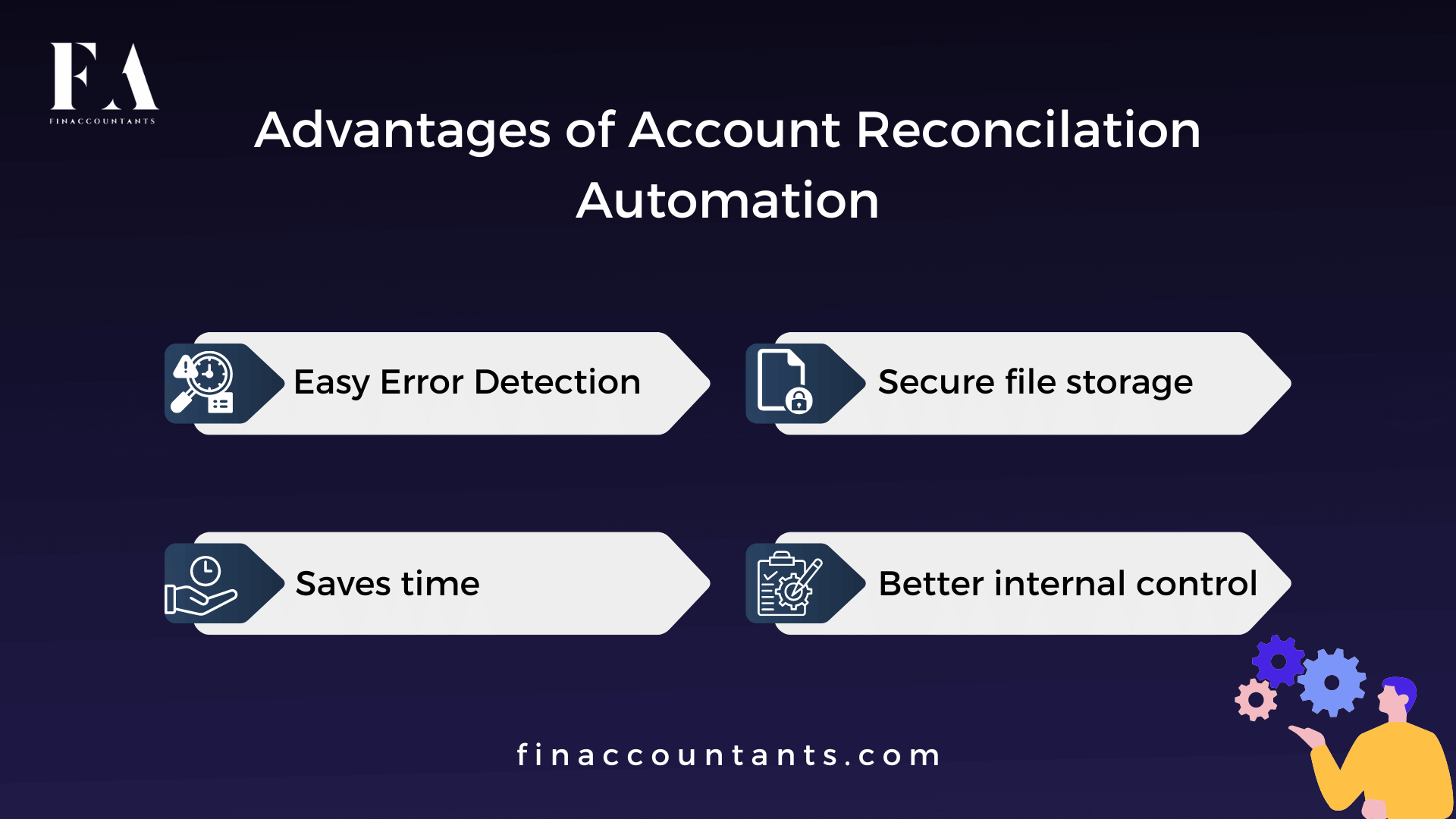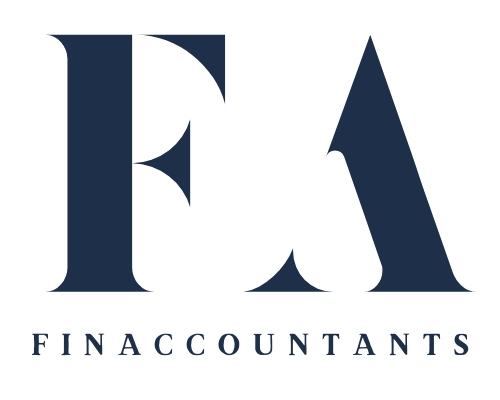Manual reconciliation is quite time-consuming and susceptible to errors. Since reconciliation is an essential aspect of every business, it becomes difficult to get an exact idea about the business finances without accounting reconciliation. Account reconciliation automation is a great way to make your accounting more efficient and fraud-free.
So, what is accounting reconciliation and what are the benefits of using it?
Accounting reconciliation explained
Accounting reconciliation is the process of comparing the company’s accounts with its bank records. Every month a company raises and receives numerous invoices. Some of the paid invoices are offline and some online.
The majority of finance teams try to fix the reconciliation problem using spreadsheets and manually examining bank statements and invoices.
Managing all transactional details manually to compare cash with your bank records is not only cumbersome but error-prone as well. Cash reconciliation automation is a great way to automatically reconcile the amount in bank records and cash to provide you with real-time and accurate balances.
There are numerous benefits of using an automated reconciliation system which is listed below.
Pros of using account reconciliation automation

1. Easy error detection
Your account books are prone to errors when managed and examined manually. This will make tallying a herculean task. Account reconciliation automation helps detect and rectify these errors in real time and keeps you in total control of your books.
2. Saves time
As a business, you should automate bank reconciliation to save the invaluable time of your accounting staff. Harnessing the potential of an automated reconciliation system will always keep you on top of your finances whilst saving time for your accountants who can now devote this time to other important areas of your business.
3. Secure file storage
Manual bookkeeping is neither efficient nor secure. Managing and keeping your records safe with each passing year brings storage issues. If somehow managed, storage of physical files is prone to unauthorized access, theft, and even fire.
It is impossible to retrieve such data; however, automated reconciliation systems are cloud-powered which makes data storage easy and secure. You can make the data accessible to the accounting department and other relevant professionals in your company.
4. Better internal controls
Using account reconciliation automation makes companies more confident about their accounting operations and reconciliation. It also eliminates unnecessary activities and raises a flag in case any abnormal changes are detected. You can expect more transparency and maintain compliance during audit trials.
Cons of automated reconciliation system
Automated reconciliation systems also have certain drawbacks. Occasionally, they might pose technical errors which might make the reconciliation process take longer than it usually should.
Also, an automated reconciliation system may find marrying multiple same-day entries related to different invoices, particularly when payments are of the same amount. In such cases, the software may find allocating these payments on your statements to the customers or vendors they come from.
The Bottom Line
Regardless of your business size, cash reconciliation automation is the need of the hour. There are certain ignorable drawbacks; however, the advantages outnumber the disadvantages by a significant margin. As a business, you want your accounts to be up-to-date and error-free. The efficiency of your accounting team is also crucial to the overall performance and success of your business.
You should certainly consider automating bank reconciliation as it increases efficiency and transparency. Also, storing files becomes more secure than ever and you will never have to worry about compliance ever again.




Leave a Reply